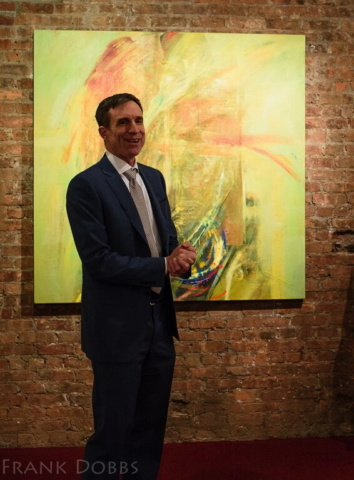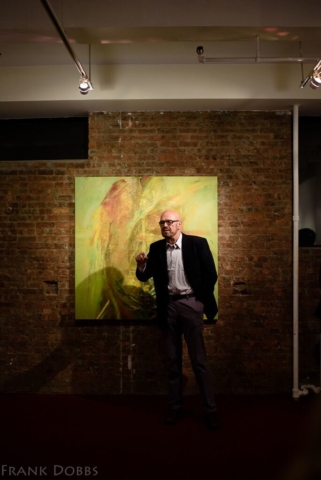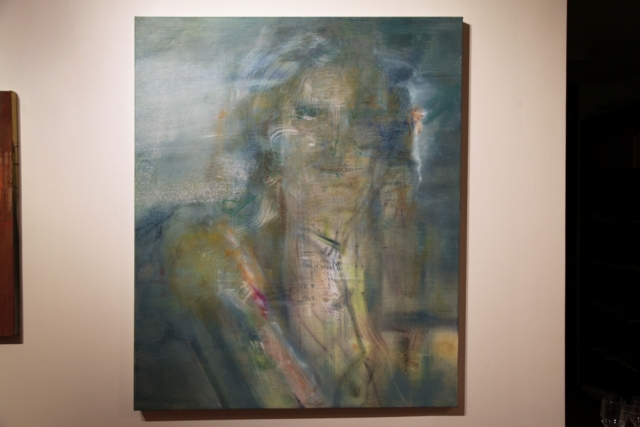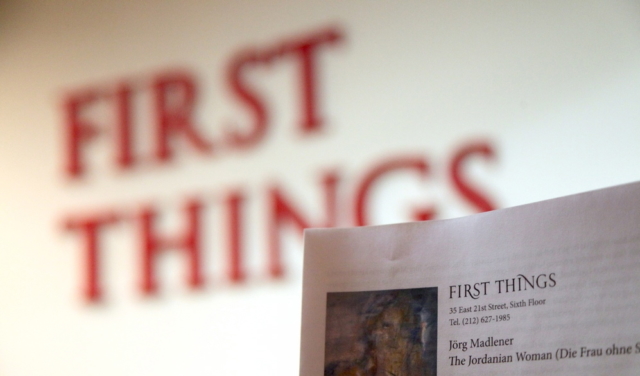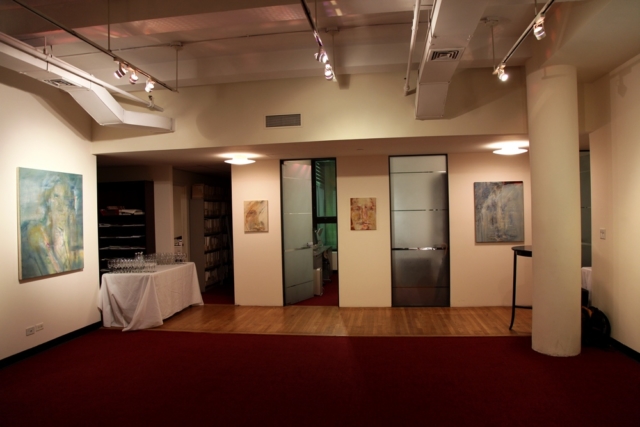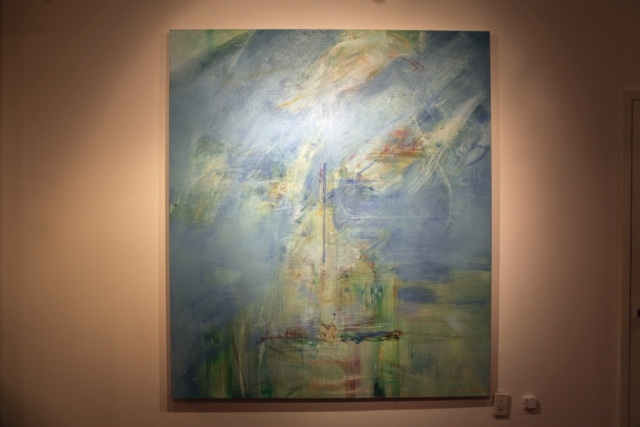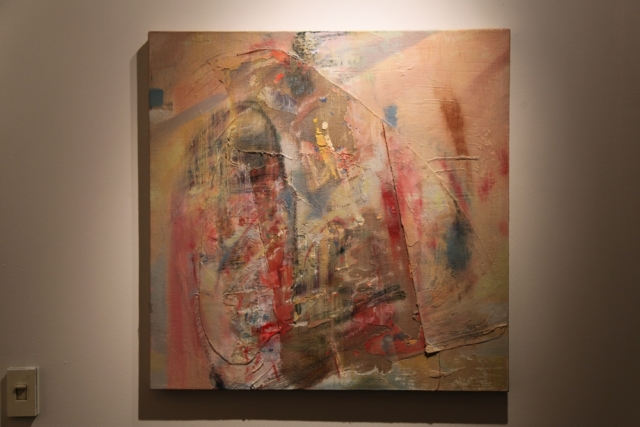

Jorg Madlener, The Jordanian Woman (Die Frau ohne Schatten)
Jörg Madlener, The Jordanian Woman (Die Frau ohne Schatten) at First Things Gallery
Jörg Madlener met his model, Suhair, while on a teaching residency in Abu Dhabi, from 2010 to 2013. However, it was back in his native Germany, and then from his home in New York City, that the painter and his model would find their modus operandi. Initiated with posed photographs, his collaboration with Suhair would subsequently blossom via repeated meetings on Skype. During these meetings, the teacher and his Jordanian student would let the conversation flow freely from art to the challenges of Middle-East and to Suhair’s own history, while the painter collected a total of over 1,500 screen-captures of his model’s face. So far, these online encounters have resulted in 45 paintings and 120 drawings.
“To paint a face is to carress it a thousand times.” The paintings of this exhibition demonstrate eloquently that Jörg Madlener’s work is consistent with his philosophy. They are obviously not descriptive, but the model is not a mere pretext for the painting. In his 1952 interview with André Verdet, Matisse said that “without love [for the object] there is no longer any criterion of observation, and therefore there is no longer any work of art.” Under Jörg Madlener’s brush, the act of painting is an act of love, where the apparition of a particular face, with its unique history, its longings and its untold sufferings, is approached with respect and patience, and with a fascination that points to the mystery of “the immense and faceless Someone.”
In a time when humanity has largely lost faith in its own capacity to “be human”, Jörg Madlener is keenly aware that the human face is an event never to be taken for granted, and whose existence, in spite of many antagonistic and anonymous forces (political, social, instinctive…), borders on the miracle. “It is a project pregnant with expectation, optimism and hope rather than the concept of death in all its finality.” In this work, the painter lends a listenning eye to the demands of the model—her longing to exist, to be looked upon and loved—, as well as to the demands of the material itself—its drips and cracklings, the movements of the brushstroke, accidents in the act of painting—to capture humanity in its fragile and paradoxical beauty.
“This work restored my faith in painting in these present times, these times of crisis.” In face of the many challenges our world is struggling with, ‘The Jordanian Woman (Die Frau ohne Schatten)’ reminds us that, besides political action, there is room and, indeed, need for an artistic resistance. The act of painting is thus restored to its highest vocation: that of being a loving and compassionate affirmation of what is. Like Saint Veronica on the Via Crucis, wiping away sweat and blood from the wounded face of Christ, to unveil its beauty. Painting, in a time of social fragmentation and spiritual poverty, is an act of mercy.
Quote from: Maurice Blanchot, The gaze of Orpheus, Barrytown/Station Hill Press, Inc., translation Lydia Davis.
